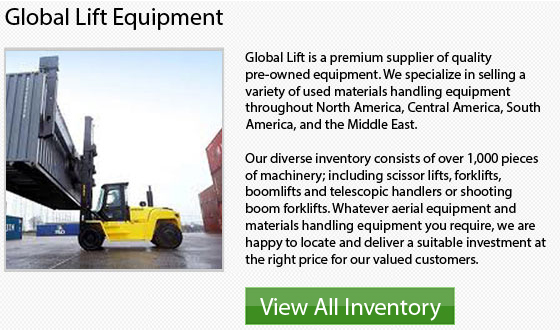
Lift truck operators are often on the trucks more than 7 out of 8 hours a day in several forklift corporations. Operators would be asked to constantly load and unload trucks all day long. A lot of of these operators do not have to check with supervisors really often, neither do they have to deal with paperwork. Sometimes they are doing the same job during the shift for the duration and they don't even need to move the forks to adapt to different loads. These operators normally find the forklift counterbalance sit-down units a lot more comfortable and efficient.
Some warehouse facilities have tons of space for forklifts to maneuver and operate in. In these situations, an engine powered or 4-wheel electric lift truck remains a major player within the warehousing fleet.
On the other hand, other facilities are crammed to capacity. These facilities might have staging areas and shipping departments that provide limited space for lift truck maneuverability. In this specific situation, a stand-up end control or a 3-wheel electric lift truck units can appear to be a wiser option.
Depending on your specific application and environment you are working in, you can then determine how to pick the correct truck and choose the right tire. Next is a brief profile to show you the different kinds of tires available.
Cushion Tire Trucks - The cushion tire has been specifically engineered for use on both asphalt or concrete surfaces. Normally, they are specified for indoor application inside warehouses, manufacturing facilities and distribution centers. Typically cushion tire forklifts are smaller than similar capacity pneumatic models; thus, they usually cost less. This makes their resale value much lower also.
Pneumatic Tire Trucks - Pneumatic tire trucks can work indoors as well as out on improved surfaces. These surfaces consist of hard-packed dirt or stones and blacktop. Rough terrain locations such as really plowed fields or potholed lots are not ideal. The trucks are outfitted with a larger frame. Usually, pneumatic tire trucks are more pricey than comparative cushion tire models. When it comes to resale, normally the pneumatic units offer higher value. This is in part because of the large amount of maneuvering space they offer and their overall surface versatility.